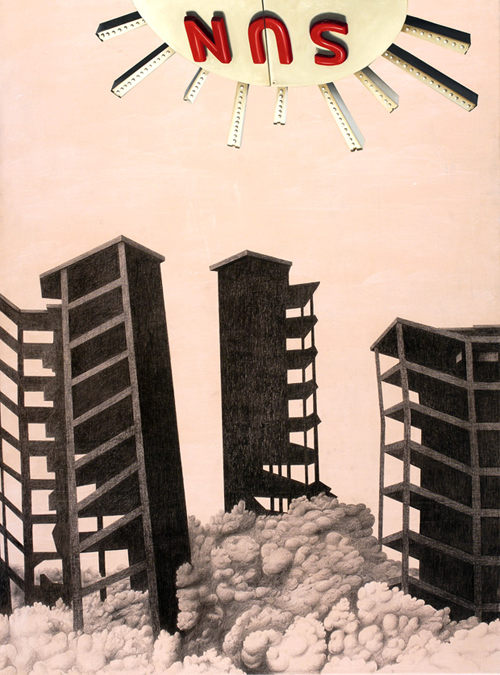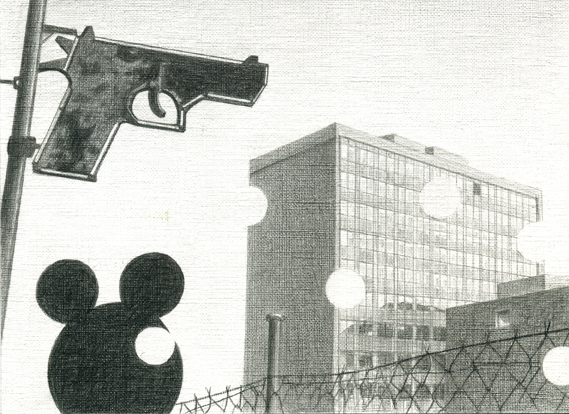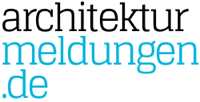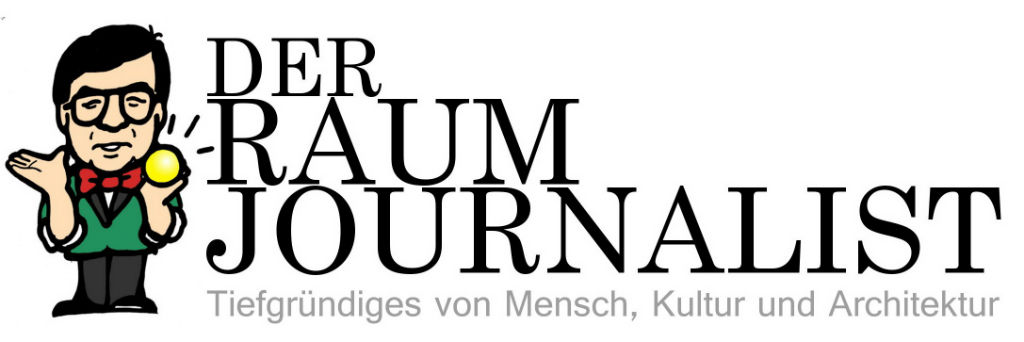Painted Architectures: Spanish post-conceptual Figuration. INTERVIEW with Juan Cuellar
In autumn 2017, Berlin project space MEINBLAU showed ŌĆ×Gemalte ArchitekturenŌĆ£ (Painted architectures), an exhibition of seventeen Spanish artists. They are known in Spain as representing the Spanish post-conceptual figuration, and have been instrumental in renewing figurative painting over the past four decades. In their works, they use architecture and spatial geometry as a structural center: be it as the main motif, background, frame or as a symbolic element.
Post-conceptual figuration is an artistic style that emerged in Spain in the early 1970s, a term coined by Paco de la Torre. The aim was to redesign figurative painting from the point of view of personal poetics. The group exhibition curated by Juan Cu├®llar and Roberto Moll├Ī was devoted to the role of the architectural and geometric image in the works of these artists in particular.
We are proud to be able to present you deconarch.com interview series with four of the post-conceptural Spanish artists within the following weeks: We were emailing with ├üngel Mateo Charris, Roberto Moll├Ī, Jorge Tarazona and Paco de la Torre about their work, the meaning of architectural motives therein and the merits of painting. As a special addition we were able to interview Juan Cu├®llar as well.
all illus. (c) Juan Cu├®llar
INTERVIEW
Why the focus on architecture, architectural motives? What is it that interests you?
My interest in architecture in my work is motivated because it introduces a spatial context, a place that is full of connotations. All this influences the content of my paintings. I usually work the simulacrum concept and to represent it, architecture offers me suburban spaces that reinforce the sense of simulacrum.
How is your working process? Where do you find your motives?
As my work process is the representation of┬Ā a simulacrum, the appropiation is a mechanism that I use massively.
I accumulate huge amounts of images that I later filter according to my needs. From images of architectures as iconic places of tourism, fifties suburban architectures , architecture designed by Jacques Tati for PlayTime…
Why painting? Which possibilities does painting offer to you?
Yes, I’m a painter. It’s a way of being that I can’t repress.
Painting helps me to think, to pry, to learn. First I analyze images that later conceptualize.
A painting is a sponge, absorbs influences, appropiations of cinema, photography, television, literature, pictorial tradition, the image of architecture. It’s the contemporary artistic medium with infinite possibilities.
Are there role models, influences, inspirations, … which inspire your work?
I┬┤m not a mythomaniac. I┬┤m very permeable. I leave open the door to everything, from the historical and sociological stories (JFK, the fall of the Berlin wall, …), dystopian narratives, the suburban stories of John Cheever, Boris Vian, Marcel Breuer, Equipo Realidad, Anzo, Philip Guston, John Baldesssari…
Actually, in my paintings I’m looking for everything that conditions me, for example architecture. Or the social alienation, Dystopia. which I will show in may in my next solo exhibition in Valencia.
Together with Roberto Moll├Ā, you curated ŌĆ×Gemalte ArchitekturenŌĆ£ in Berlin, which was not your first exhibtion project. Tell us more about your exhibition projects!
For this year, the most inmediate project is that the “Painted Architectures” can be exhibited in another city again.
As a “Encapsulados” project (portable art), in addition to the “PLEX” project commented on by Roberto Moll├Ī, we want to prepare a special edition with a hundred artists who have collaborated┬Ā with us during these┬Ā last ten years. And publish a book that documents “Encapsulados” trajectory!
Juan Cu├®llar, thank you for your insights!












qpwzteyark
Feb 09. 2020
tnkxfliilqildvfjhocvpmewybnleh
idgtuoewns
Feb 09. 2020
mtlkpxvhedmgjsgdykpelihuzsgkwm
otcboxnkom
Feb 09. 2020
fltuxavxnvayuommoqartrrztbreef
uavbuzxggr
Feb 11. 2020
iigunymdaijudyjbyhbfjkwnimpfsh